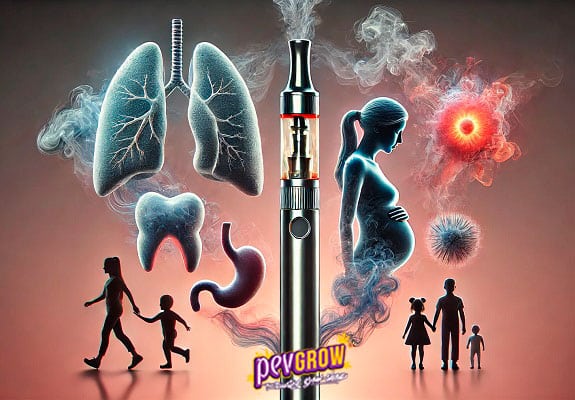

26-09-2024 07:06:18 - Updated: 26 September, 2024
In recent years, the world of vaping has grown exponentially, and with it, various alternatives have emerged for those seeking a nicotine-free experience. While many associate vaping with nicotine addiction, there are devices designed to offer a similar experience without this addictive substance. Now, a key question arises: Is using a nicotine-free vape really bad? As an expert in vaping and vaporizers, today we will delve into this issue, focusing on the device and the effects of its use.
✨ What does a nicotine-free vape contain?
Vapes, whether with or without nicotine, function similarly. They use liquids known as e-liquids or vape juices that, when heated, turn into vapor. These liquids typically consist of:
- Propylene glycol (PG): A compound used in many consumer products, from cosmetics to food. In vaping, it is responsible for creating a “throat hit” sensation similar to that experienced when smoking.
- Vegetable glycerin (VG): A thicker liquid that produces a greater amount of vapor. It is also commonly used in food and cosmetic products.
- Flavorings: Which can be natural or artificial, giving the vapor the characteristic aroma and flavor of each e-liquid.
In nicotine-free disposable vapes, the addictive substance is simply removed, but the rest of the ingredients remain.
🏞️ Is the nicotine-free vape bad for the lungs?
Vaping without nicotine may have some effects on the lungs, although it is important to differentiate it from the impact of smoking traditional cigarettes. Below, I detail how nicotine-free vaping can affect the lungs:
Effects on the lungs of nicotine-free vaping
- Respiratory irritation: The vapor generated by vapes, even without nicotine, includes compounds like propylene glycol and vegetable glycerin. These ingredients can cause irritation in the airways. Many people report dryness in the throat, coughing, or even difficulty breathing if they vape frequently.
- Particles in the lungs: The vapor from e-liquid contains fine particles that can reach the alveoli of the lungs. Over time, continuous exposure to these particles could have harmful effects, although there is still not enough long-term research to confirm the exact risks. Unlike tobacco smoke, the vapor does not contain many of the carcinogenic substances found in cigarettes, but there is still a risk of particle accumulation in the lungs.
- Toxic chemicals: Although nicotine-free vaping eliminates the risk of addiction, heating the liquids can release small amounts of toxic substances like formaldehyde and acrolein. These substances, in large amounts, can damage lung cells and contribute to respiratory diseases.
- Thermal decomposition: If a device is used at very high temperatures, the liquids can decompose into more toxic compounds, which increases the risk of lung damage. This is especially true if low-quality devices are used or if they are manipulated to increase power.
📅 Comparison with tobacco and other vaping products
Nicotine-free vaping should not be directly compared to conventional cigarettes. Cigarettes contain thousands of chemicals, many of which are carcinogenic. The vapor inhaled from a nicotine-free device is significantly less harmful than tobacco smoke, but there are still risks.
Additionally, compared to other devices like weed vaporizers or essential oils, vapes that use liquids present more risks related to the chemical composition of vape juices, even without nicotine.
✨ The risk of device overheating
Overheating the vape is an additional risk. Some users prefer to use higher-powered devices or modify their settings to generate more vapor, which can lead to thermal decomposition of the liquids. This means that, at very high temperatures, the compounds in the e-liquid can transform into more toxic substances. Therefore, it is important to use quality devices and follow the manufacturer’s recommendations.
👌 Is the nicotine-free vape the best option?
It depends on your goals. If you are looking to eliminate nicotine from your life and enjoy the experience of inhaling flavors, nicotine-free vaping is a viable alternative, as long as you are aware of the long-term risks that are still not fully defined. On the other hand, if you are thinking about starting to vape without having ever smoked, it is important to understand that, even if you are not inhaling nicotine, vaping can still have effects on your respiratory health.
🌞 Conclusion
Nicotine-free vaping, when done with quality devices and within appropriate usage parameters, is considerably less harmful than smoking tobacco. However, it is not a completely risk-free practice. The key lies in responsible use and being informed about what you are really inhaling. If you decide to vape without nicotine, do so in moderation and ensure you are using certified and regulated products.
Ultimately, the safest option will always be to avoid inhaling any type of aerosol, but if you are looking for a less harmful option, nicotine-free vape is an interesting alternative, although not without certain risks.
🌼 Frequently Asked Questions (FAQs)
Is the nicotine-free vape bad for pregnant women?
Although nicotine-free vaporizers are perceived as a safer alternative to tobacco, their use during pregnancy is not recommended. This is because, even though they do not contain nicotine, vape liquids often include other components. During pregnancy, any substance that enters the mother’s body could, in theory, affect fetal development. This includes both the inhaled vapor and the chemicals present in it. Since there are no conclusive studies on the safety of nicotine-free vaporizers during pregnancy, doctors usually advise avoiding any type of vaporizer at this stage. It is important to talk to a doctor for personalized guidance if you are considering using vaporizers during pregnancy.
Is the nicotine-free vape bad for children?
The use of nicotine-free vaporizers by children is also a cause for concern, even though they do not contain nicotine. Below, I explain why children should not use vaporizers, even if they are nicotine-free:
- Inhalation of chemicals: Inhaling particles and chemicals could affect the respiratory system of young children. As we have already seen, although it may be less harmful than inhaling smoke, ideally, children should not use either vapes or cigarettes until they are of legal age.
- Lung development: Children’s lungs are constantly developing, and any exposure to inhalable products, even if they do not contain nicotine, could have adverse effects on their long-term lung capacity. Vapors could irritate the airways and cause respiratory problems.
- Toxic substances in the vapor: Despite not containing nicotine, some studies have shown that vapors can release small amounts of toxic substances, such as heavy metals and volatile organic compounds (VOCs), which are not safe for children.
- Modeling behaviors: Allowing or normalizing the use of vaporizers in children can encourage behavior that, over time, could lead to the use of other more harmful products, such as vaping with nicotine or smoking.
Is it bad to swallow the vapor from a nicotine-free vape?
Swallowing the vapor from a nicotine-free vape is not the same as inhaling tobacco smoke, but it still carries some potential risks. Below, I explain why:
- Respiratory irritation: Although nicotine-free vape liquids do not contain addictive substances, they are usually composed of propylene glycol and vegetable glycerin, which, when heated, turn into vapor. These compounds, when inhaled and swallowed, can cause irritation in the airways, especially if vaped in large amounts or frequently.
- Exposure to chemicals: Some vape liquids contain flavorings and other chemicals that, when heated, can release small amounts of toxic compounds such as heavy metals or volatile organic compounds (VOCs). Although the concentrations of these compounds are lower in nicotine-free liquids, there is still potential exposure that could have negative health effects, especially in the long term.
- Digestive problems: Although it is not common, some people may experience stomach discomfort if they swallow vapor instead of inhaling it properly. This could be due to irritation in the gastrointestinal tract from the chemicals present in vape liquids.
- Development of unhealthy habits: Swallowing vapor, even if it does not contain nicotine, could foster an unhealthy habit that could lead to the use of nicotine products or other types of inhalants, which could eventually be harmful to health.
Is vaping without nicotine bad for the teeth?
Yes, vaping without nicotine can have negative effects on teeth and overall oral health. Although many people think that nicotine-free vaping is harmless to the mouth, there are some risks to consider:
- Dry mouth: Vape liquids contain propylene glycol and vegetable glycerin, which tend to reduce saliva production. Dry mouth can increase the risk of cavities, gum disease, and bad breath, as saliva plays a crucial role in the natural cleaning of the mouth and protection against harmful bacteria.
- Increased bacteria: Some studies have shown that vaping can change the oral microbiota, favoring the growth of harmful bacteria in the mouth. These bacteria can contribute to plaque formation and the development of cavities and periodontal disease.
- Gum irritation: Vaping, even without nicotine, can irritate the gums and cause inflammation. Repeated exposure to the compounds present in vape liquids can lead to gingivitis (inflammation of the gums) or exacerbate pre-existing problems.
- Stains on teeth: Although nicotine-free vaping does not cause the yellowish stains typical of tobacco, some liquids with flavorings or colorings can leave residues on the teeth, which over time could cause discoloration.
- Increased risk of cavities: The flavorings and other additives found in vape liquids, even without nicotine, can contribute to a more acidic environment in the mouth, increasing the risk of developing cavities.



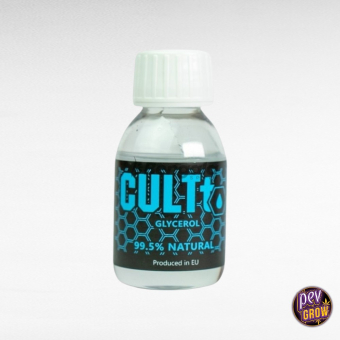
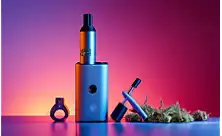

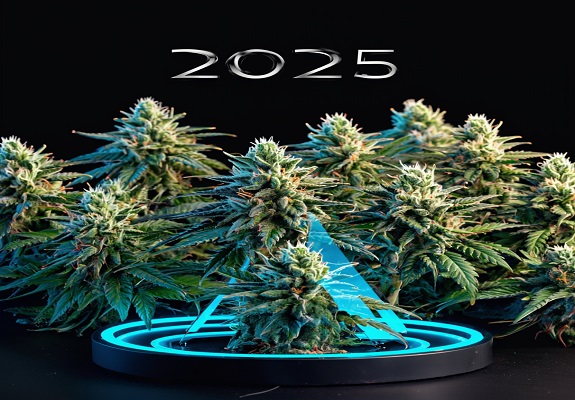
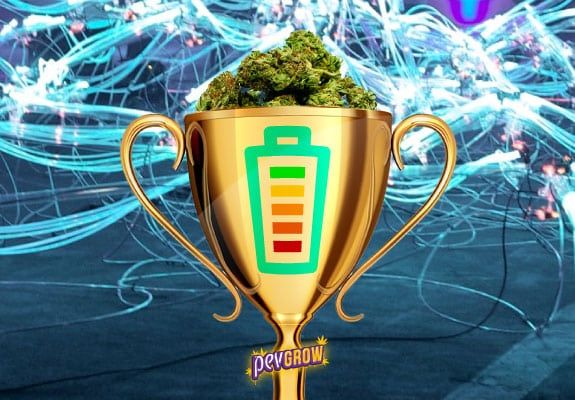


The truth is, I know that vaping isn’t the best, but between that and smoking a cigarette, I prefer vaping a thousand times over, it’s like the lesser evil, man!